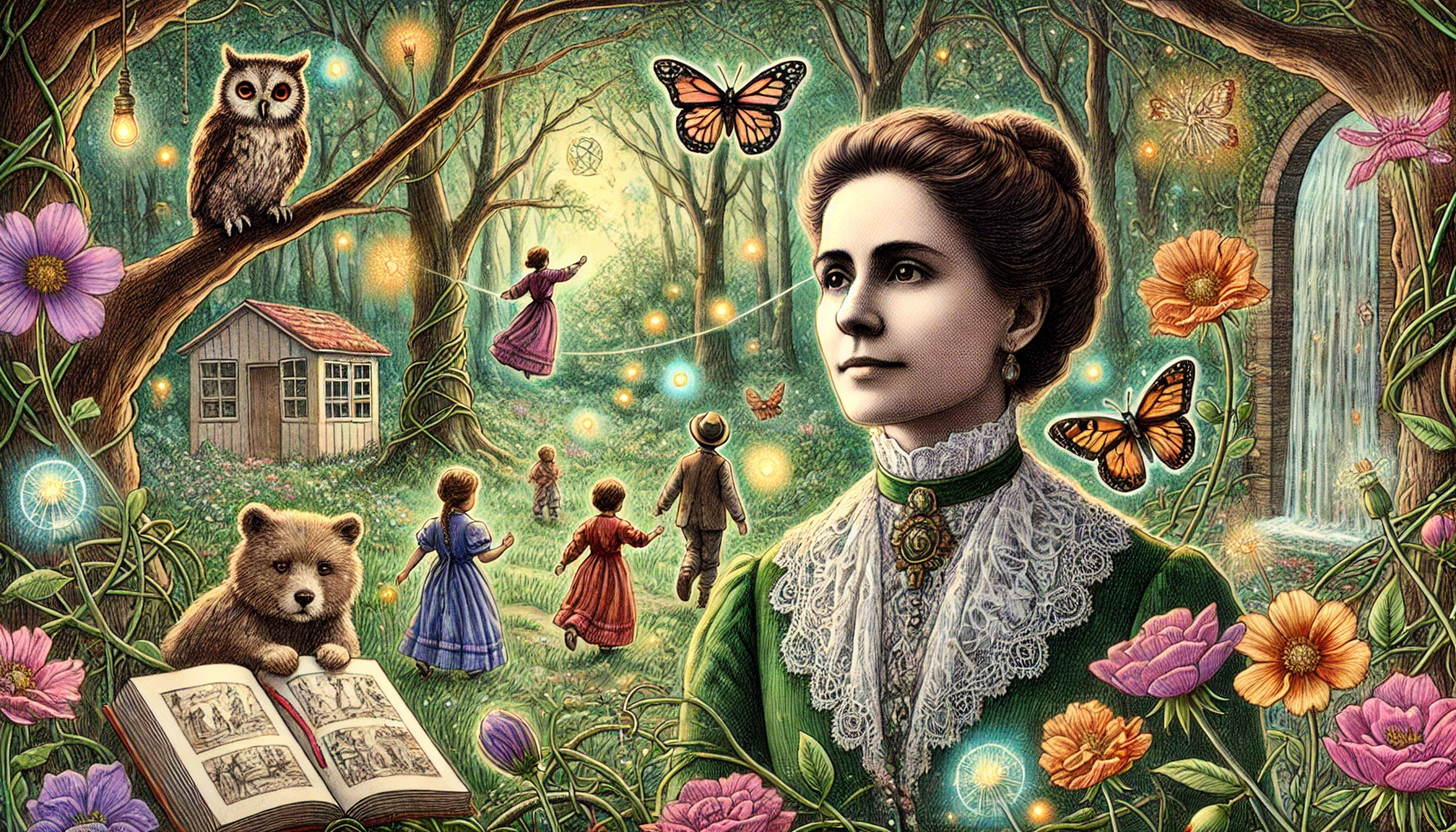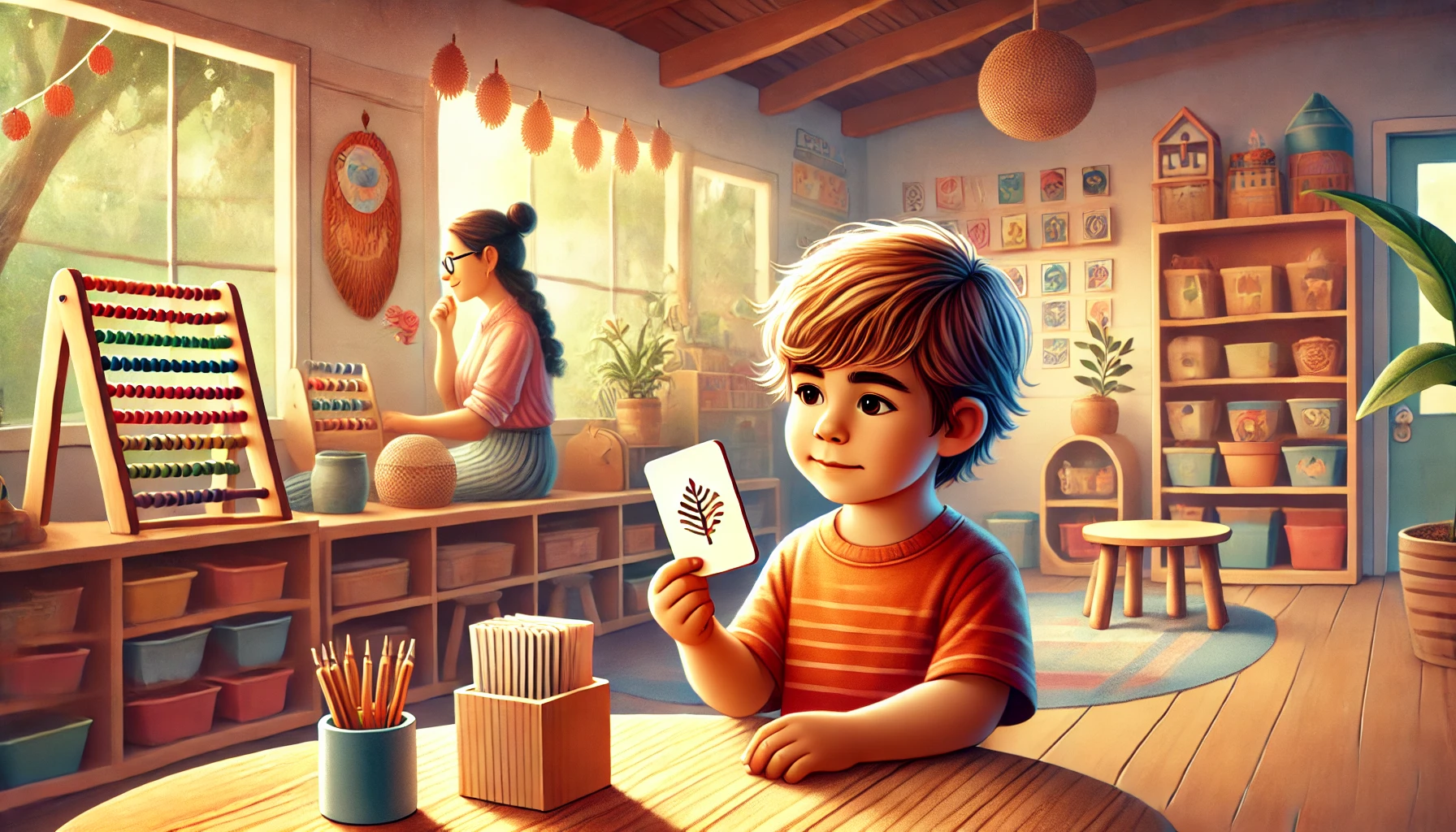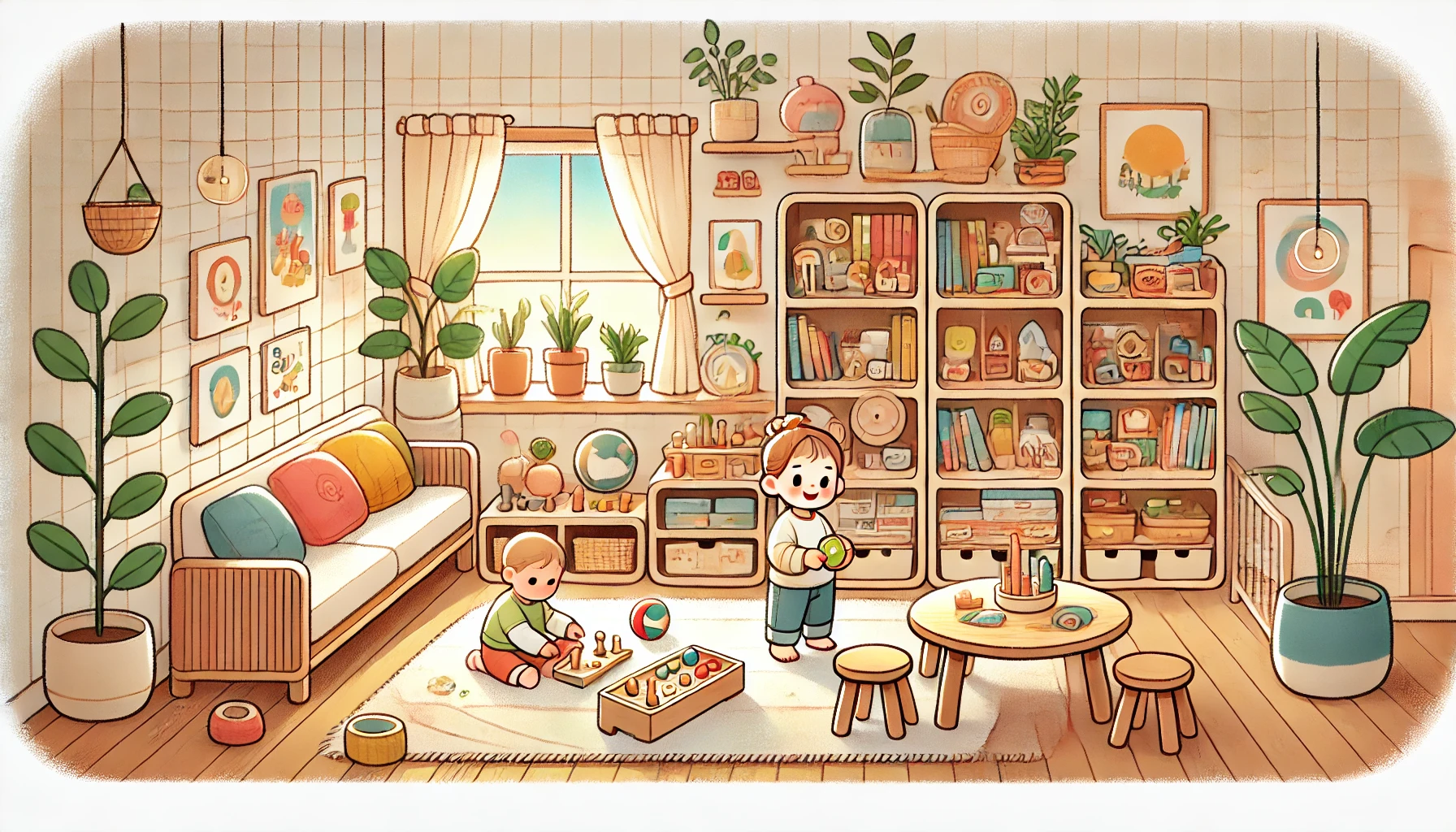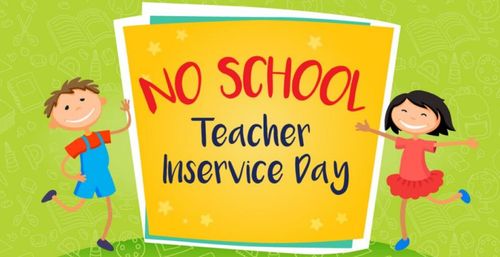
The Origins of Montessori Education: How a Revolutionary Approach Was Born
Montessori education has transformed the way children learn, blending independence, respect, and self-paced learning into a unique system that now spans the globe. The story of its creation is one of scientific observation, deep empathy, and a commitment to empowering children to reach their full potential. Let's take a look back at how this innovative educational approach came into being and the remarkable woman behind it.
Who Was Maria Montessori?
The Montessori method traces back to Dr. Maria Montessori, an Italian physician, educator, and one of the first women in Italy to earn a medical degree. Born in 1870, Montessori was a pioneer in her field and an ardent advocate for social reform. She was driven by her belief in human potential and her desire to help the most vulnerable members of society. Through her medical and psychological training, Montessori developed a profound respect for the individuality of each child, which would later shape her approach to education.
The Beginning: Casa dei Bambini (1907)
The Montessori Method began in a modest setting: a single classroom called the "Casa dei Bambini" or "Children's House," which Maria Montessori established in the impoverished San Lorenzo district of Rome in 1907. At the time, Italy was facing social challenges, and Montessori was asked to help educate children from underprivileged backgrounds. Montessori embraced the task, but instead of following traditional educational practices, she chose to observe and interact with her students to better understand their needs.
During this time, she noticed that the children thrived in an environment where they could make their own choices and engage in hands-on activities. She filled the classroom with child-sized furniture, age-appropriate materials, and objects designed to engage their curiosity and senses. These materials were carefully chosen based on Montessori’s observations of how children learned best—through direct experience, exploration, and repetition.
Montessori’s Observations and Method Development
Montessori's observations of children at Casa dei Bambini led to her first major insights. She noticed that, given the right tools and freedom within a structured environment, children would naturally choose tasks that challenged them and held their interest. She found that they displayed an innate desire to learn and explore, and they worked with remarkable focus and concentration.
From these observations, Montessori began to formulate her educational philosophy. Key tenets of her approach included:
Child-Centered Learning: Montessori recognized that children are naturally curious and learn best when they can make choices about their activities.
Independence and Autonomy: She observed that children benefit from a structured yet flexible environment that encourages independence.
Respect for the Child: Montessori saw each child as an individual with unique needs, interests, and abilities, deserving of respect and encouragement.
Hands-On Learning Materials: She developed specially designed, hands-on materials to support sensory exploration, motor skills, and academic concepts.
These principles, now foundational to Montessori education, were groundbreaking at the time, challenging conventional methods that relied on rote learning, strict discipline, and teacher-centered instruction.
A Scientific Approach to Education
Montessori’s approach was not merely intuitive; it was grounded in scientific observation and experimentation. Drawing on her medical background, she approached education as a scientist, testing theories and observing results. She adjusted the environment, materials, and methods to support the children's developmental stages, creating what she called the "prepared environment." In this space, children were free to move, choose activities, and interact with materials that were purposefully designed to develop their cognitive, physical, and social abilities.
This scientific foundation has allowed Montessori education to adapt and endure, as subsequent research and neurodevelopmental studies have reinforced many of her early conclusions about child development.
The Growth and Spread of Montessori Education
Word of Montessori’s success spread rapidly throughout Italy and beyond. By 1909, she held her first training course, drawing international attention. Her first book, The Montessori Method, published in 1912, detailed her philosophy and practices, bringing the Montessori approach to educators around the world. Schools began adopting her methods, and the Montessori movement gained momentum, especially in Europe and North America.
Montessori's ideas resonated particularly strongly with parents and educators who sought alternatives to the rigid, authoritarian education models of the time. The Montessori movement continued to grow, spreading across continents, and Montessori training programs were established to certify educators in her methods.
Challenges and Resurgence
The popularity of Montessori education faced challenges during the political turmoil of the early 20th century. Montessori herself was forced to leave Italy during Mussolini’s regime, as the authoritarian government opposed her progressive ideas. However, she continued her work in Spain, India, and the Netherlands, advocating for peace and education, and her commitment inspired many educators to keep her vision alive.
The Montessori approach saw a resurgence in the 1960s, when parents and educators sought new ways to support children’s holistic development. Since then, Montessori schools have continued to grow, adapting her timeless principles to meet the needs of modern students. Today, there are more than 20,000 Montessori schools worldwide, spanning from early childhood programs to high schools.
Montessori Today: A Timeless Legacy
Maria Montessori’s ideas about education have left a lasting legacy. Her emphasis on respect, independence, and nurturing the “whole child” has influenced countless educational models and inspired parents, teachers, and scholars. Montessori education has proven adaptable across diverse cultures and age groups, showing that her insights into childhood development are as relevant today as they were over a century ago.
The Montessori method remains popular because it speaks to the core of human development—honoring each child’s potential and cultivating a lifelong love of learning. Montessori herself captured this best when she said, "The child is both a hope and a promise for mankind."
Through her innovative methods, Montessori has given the world a way to fulfill that promise, empowering children to become confident, compassionate, and capable individuals who are ready to contribute to society.
Sources:
- Montessori, M. (1912). The Montessori Method. New York: Frederick A. Stokes Company.
- Kramer, R. (1988). Maria Montessori: A biography. New York: Addison-Wesley.
- Standing, E. M. (1957). Maria Montessori: Her life and work. New York: Plume.





























